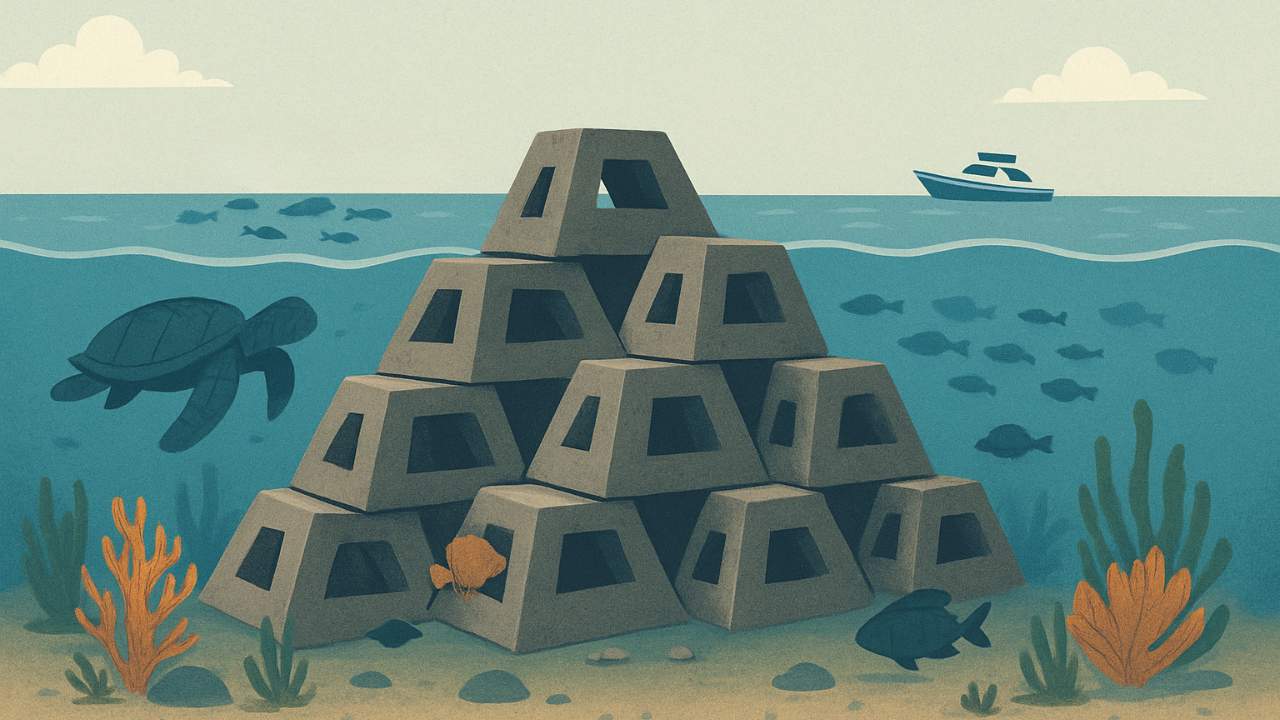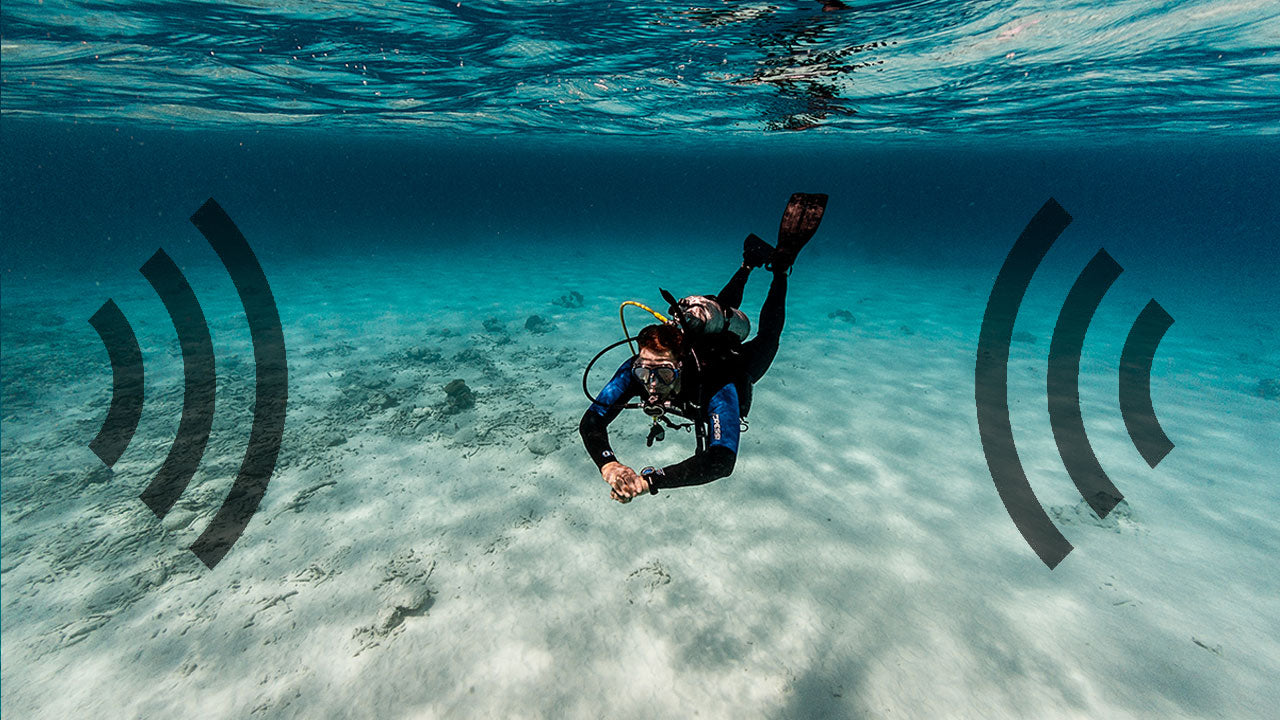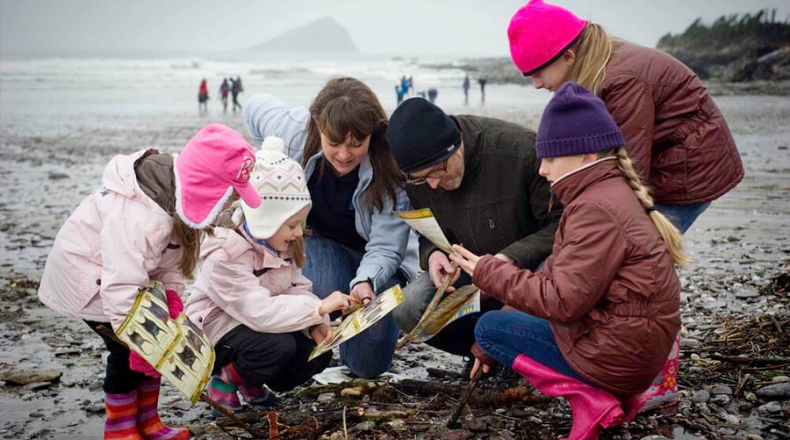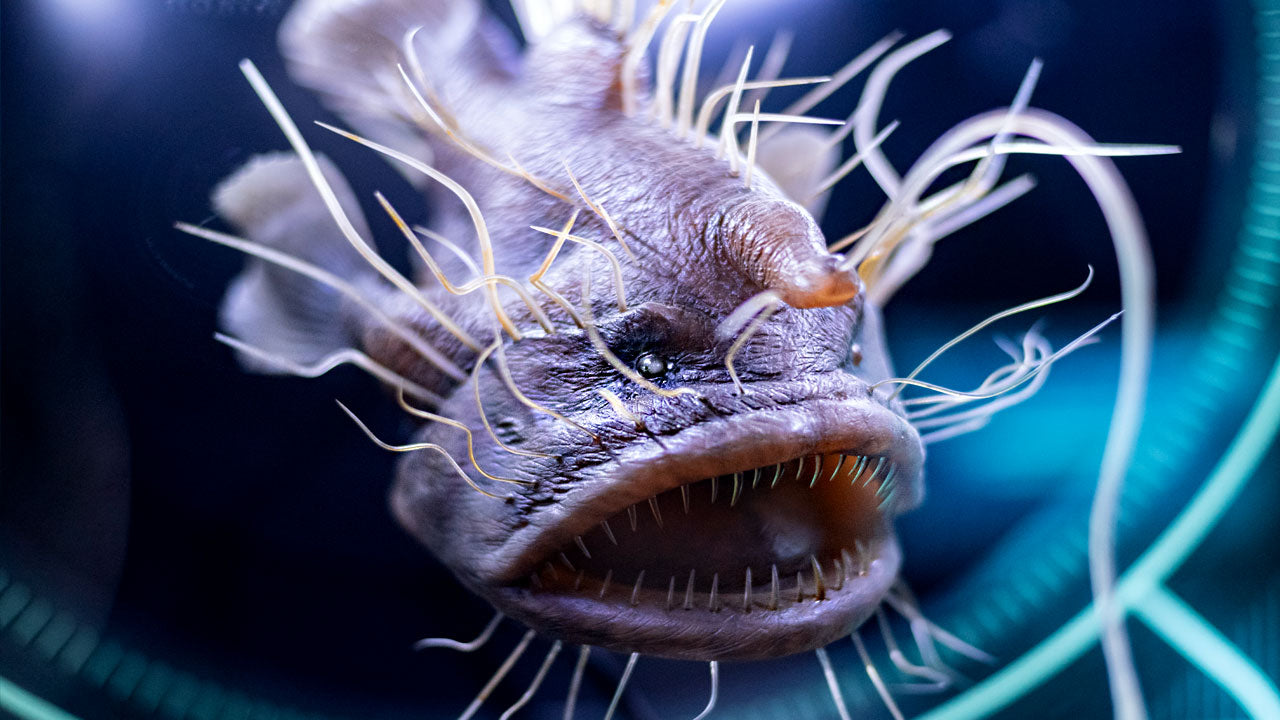What Really Defines Harassment?

There is much difficulty in trying to provide a definition of wildlife harassment, as there exist several different viewpoints revolving around this issue. Hopefully, none of us would purposely destroy a piece of coral or harm a sea turtle swimming by, but how can we know that no harm was done unintentionally, and fully comprehend the consequences of our presence in the water?
Whether you’re scuba diving, snorkeling, or just enjoying time in your sailboat, it is important to be aware of your surroundings. Humans do not spend their lives in the water (unless you’re a mermaid, which will be covered in a different post). When we participate in water sports, we really are only in the water for short periods of time in comparison to our lifespan as a whole, thus, we may not always understand the behavior peculiarities of different marine creatures. Living organisms both above and below the water have become accustomed to their habitat, and one little disturbance to their homes and themselves can be devastating.
For example, bubbles and noise from scuba diving equipment can be very troublesome to some underwater mammals. So, maybe you startle an animal with your loud equipment and it scurries off. You still believe that no harm has been done, as you have not physically touched the animal, and it swam away injury-free. But what about the aftermath of this event? Maybe the animal was already weak before you entered the water. We cannot really determine the level of stress and energy used in the animal’s attempt to leave the scene. All of these factors added together could create a weakened immune system and lead to other health problems for the mammal.
What's even worse, some irresponsible divers or underwater photographers, attempting to take an impressive shot, can intentionally move or otherwise harass the creatures underwater. In order to prevent such things from happening we all need to get involved and try to ensure that marine life of all shapes and sizes are not disturbed or harmed. It must be a collective effort by divers, underwater photographers, dive center owners, dive guides and publications, as well as photo competition officials. So how can we all contribute to marine life conservation?
If you are a recreational diver:
If you are a photo competition organizer/judge or underwater photographer:
Anyone encountering photos/videos suspected of marine life harassment:
Once again, we hope that none of our fellow divers or water sportsmen would purposely try to harm wildlife within the water or in any way promote such harmful actions. At Dip N Dive, we do however see it important to help create understanding from all sides of the issue. So, happy swimming, boating, and diving! Just be aware of your surroundings and brush up on your information about the wildlife in the area before you take the plunge.




